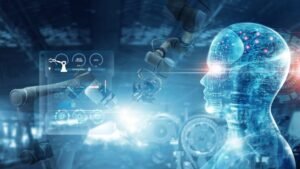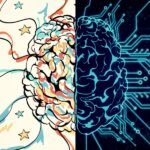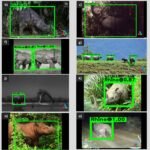INTERNATIONAL CONFERENCE ON LOGICS IN ARTIFICIAL INTELLIGENCE – (ICLAI-23)
We are delighted to extend our invitation to you for the International Conference on Logics in Artificial Intelligence (ICLAI-23) in Seeb, Oman, scheduled to take place on July 14th, 2023. This conference promises to be a remarkable gathering of leading experts, fostering thought-provoking discussions among a diverse group of attendees from around the world. With an expected participation of over 500 individuals, this event presents numerous networking opportunities and avenues for professional growth.
ICLAI-23 boasts a comprehensive program that encompasses a wide range of sessions, including keynote lectures, oral presentations, poster sessions, symposia, and workshops. Our esteemed panel of speakers comprises academics, students, researchers, and industry professionals, ensuring a dynamic and engaging atmosphere throughout the conference. As an attendee, you will actively participate in discussions, connect with like-minded individuals in your field, stay updated on the latest research and discoveries, and explore potential solutions to ongoing challenges.
Furthermore, the conference endeavors to bridge the gap between theoretical studies and practical applications, equipping attendees with invaluable insights and knowledge. By joining us at ICLAI-23, you will take significant strides forward in your professional journey. Seize this opportunity to expand your knowledge, forge meaningful connections, and explore new frontiers within the field of logics in artificial intelligence.


































